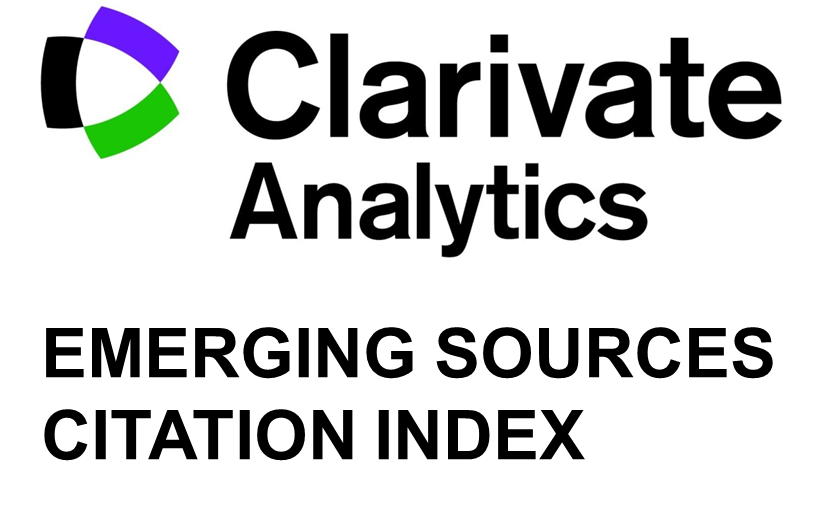The Application of Stochastic ICIM Model in the Decision-Making Processes of Insurance Product Management
DOI:
https://doi.org/10.5937/StraMan2400019SKeywords:
Stochastic processes, insurance, rider, multi-state models, critical illness, transition probabilities, Markov processes, annual net premium, Incurable Critical Illness ModelAbstract
Background: The significance of this study arises from the increasing complexity of managing insurance products, driven by the need to accurately model and predict the occurrence of insured events and associated risks. These processes are relevant not only to life insurance companies but to any institution offering personal insurance and supplementary coverages, such as banks, brokerage firms, and others. Existing literature highlights extensive possibilities for the application of stochastic processes in various fields, including finance, biology, and environmental engineering, with notable applicability in insurance.
Purpose: This article aims to explore the application of stochastic models in the decision-making processes for managing insurance products. Specifically, it focuses on the development and utilization of multi-state models for pricing selected insurance products and analysing the impact of parameter changes on the amount of regular net premium.
Study design/methodology/approach: We start with the traditional 'Healthy-Dead' model, which we extend to include the 'Sick' state. By restricting the transition from this state to the 'Healthy' state, we obtain a three-state 'Healthy-Sick-Dead' model for incurable critical illness. This is a non-homogeneous Markov process characterized by the respective transition probabilities. Actuarial calculations of transition probabilities are based on specific statistical data from an unnamed insurance company. The resulting regular net premium represents the real (net) price of the supplementary insurance product for incurable critical illness.
Findings/conclusions: The main findings suggest that incorporating stochastic models into the creation and management of insurance products allows for more accurate predictions of insured events and better risk assessment. The introduced three-state model provides a robust framework for pricing supplementary insurance due to incurable critical illness. The analysis demonstrates how changes in transition probabilities affect the amount of net premium, underscoring the importance of precise parameter estimation.
Limitations/future research: The study's limitations include reliance on accurate historical data, which may not fully capture future trends and changes in health outcomes, as experienced during the Covid-19 pandemic. Future research should explore the integration of a larger amount of real data and advanced computational methods for their processing. Additionally, extending the model to include the 'recovery' transition would enhance its applicability for 'all' types of critical illnesses. The creation of such an insurance product would, however, assume the availability of a large amount of high-quality data (Schmidt, 2021).
Downloads
Published
Issue
Section
License
Copyright (c) 2025 Zsolt SIMONKA, Ingrid Krčová, Veronika Horňáková

This work is licensed under a Creative Commons Attribution 4.0 International License.














